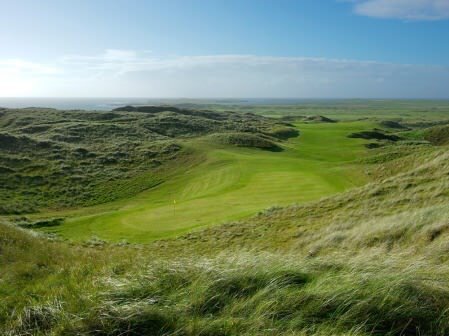Ceann Sibéal: Golf “as Gaelige” on the Dingle Peninsula

Ceann Sibéal
They might be small but they think big at Ceann Sibéal on the unspeakably beautiful Dingle Peninsula where the seashore meets the mountains and the wild Atlantic waves crash off craggy cliffs.
Created by Eddie Hackett and extended to 18 holes by the late Christy O'Connor Jnr (working from Hackett's original design) you are in for a treat —"as Gaelige" —at Galf Chumann Ceann Sibéal, where plans to renovate the course and make it one of Ireland's most special golfing experiences are now in full swing.
With its stunning views of the Blasket Islands, the club's story is far more colourful than anything penned by Tomás Ó Criomhthain or Peig Sayers and the course a gem to worthy of the Kingdom itself.
Many of the holes were "found" not made, in so far as the prolific course designer had a willing helper in the Almighty — a necessity in straitened financial times.
"I try to dress up what the Good Lord provides," Hackett said many times.
Informed by the authors of "Links Of Heaven", Richard Phinney and Scott Whiteley, that the mound in front of the 200-yard 10th made the hole a little unfair, he reportedly "looked perplexed, before replying, 'It was what was [there] (italics), you see."
The course is a delight and the trip there one of the most enjoyable in golf given the beauty of the terrain as you plot your course along the coast of Dingle Bay and drink in those views of Macgillycuddy's Reeks and plough on west towards Ballyferriter.
It is the last place you might expect to find a golf course, but the club has a highly active membership that's keen to present the best possible test.
It was only when they began renovating the bunkers last year that they realised that they had a true diamond in the rough and set about making plans to polish it.
"While our greenkeepers are great at building bunkers, we came to a few we couldn't do ourselves," explained Ann Moore, chair of the club's Management Committee.
"They had become so big that they were encroaching on the green surrounds, so we consulted three architects."
Ken Kearney was the man chosen to carry out the work and create a course improvement plan for the entire course.
It is not a radical redesign but a subtle restoration or recreation of classic elements that had been lost over the years.
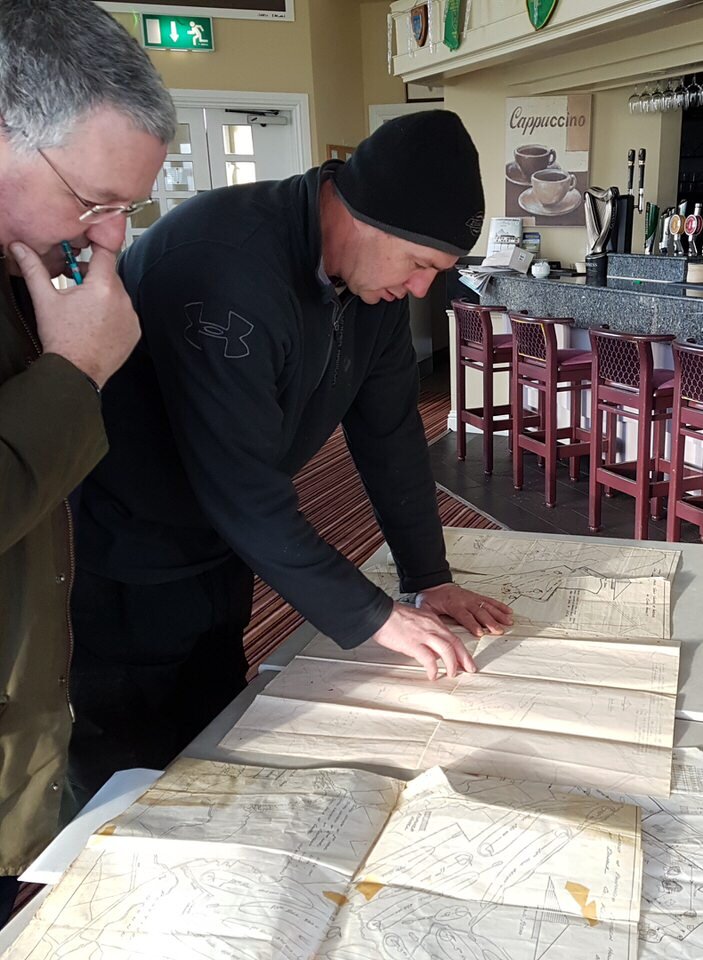
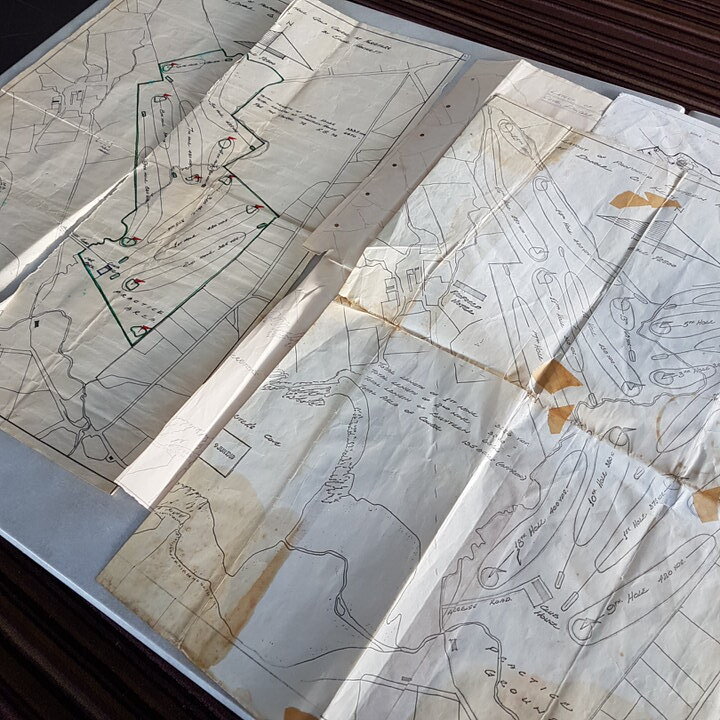

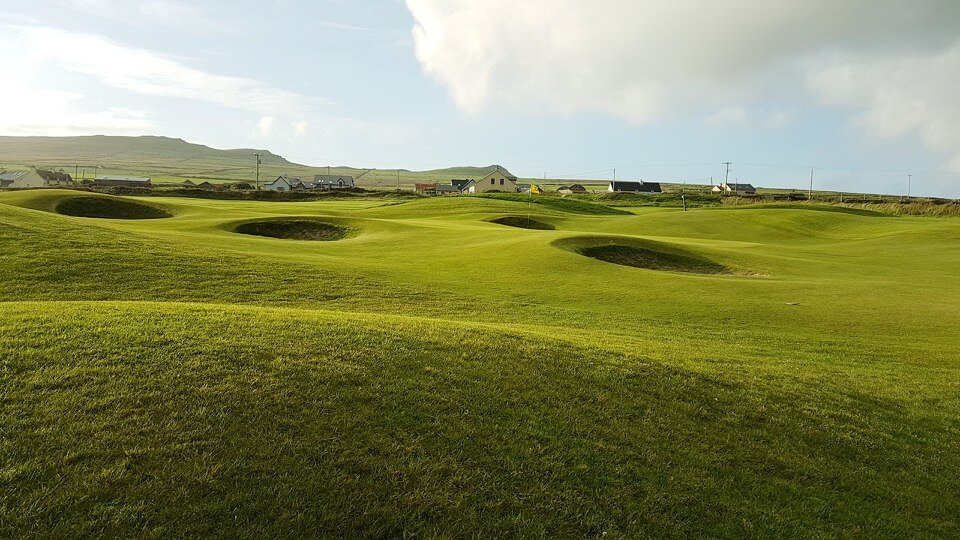
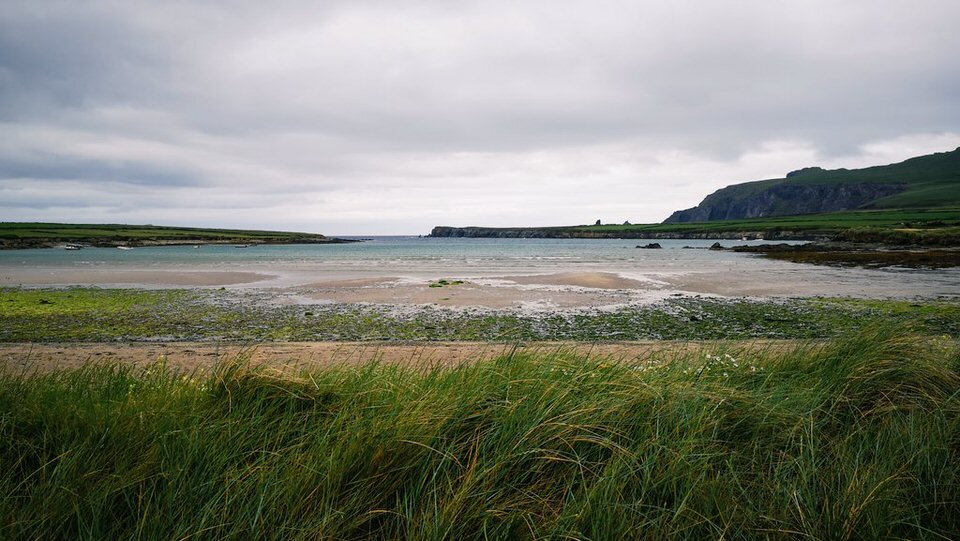
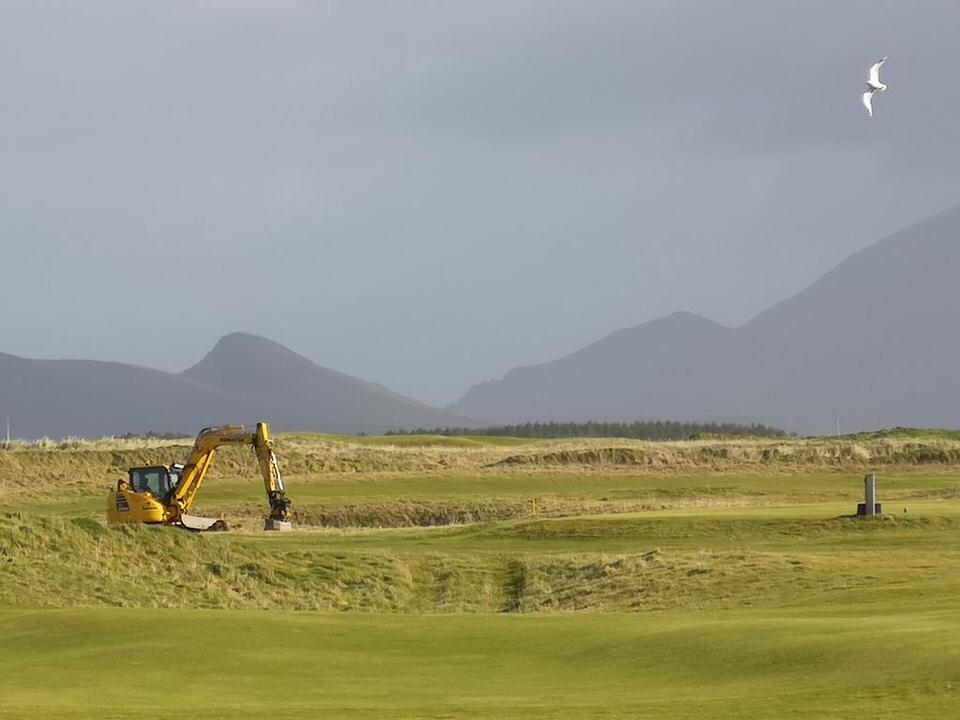
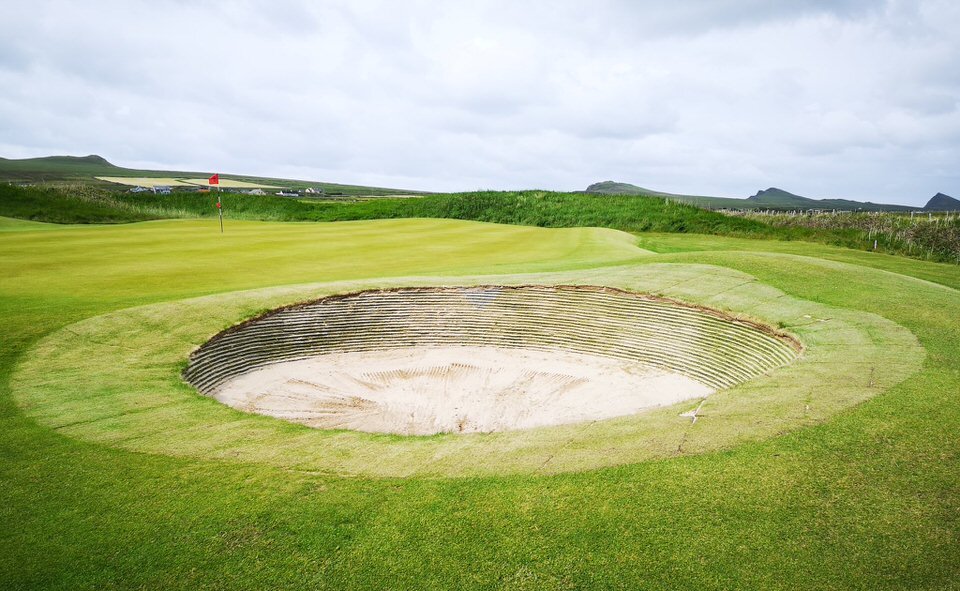

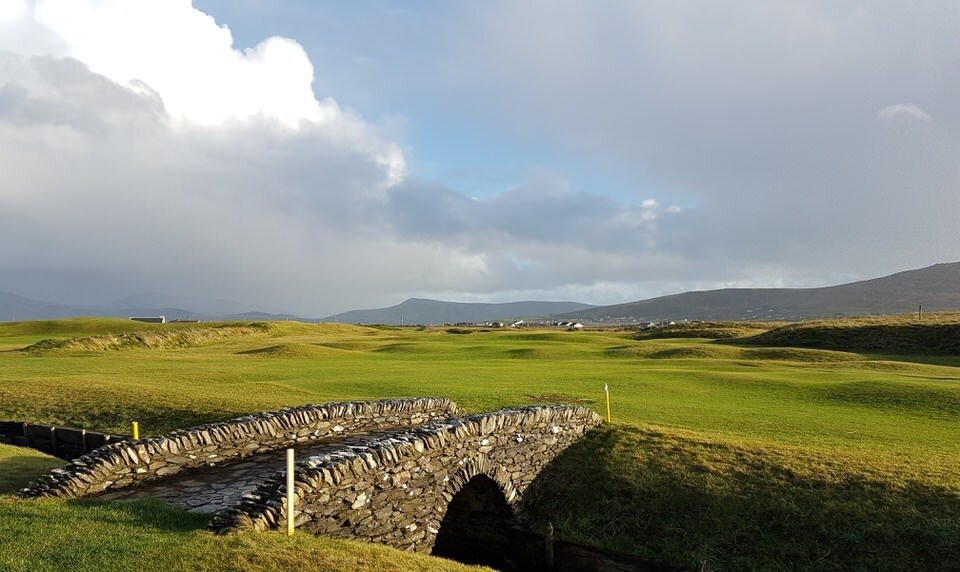
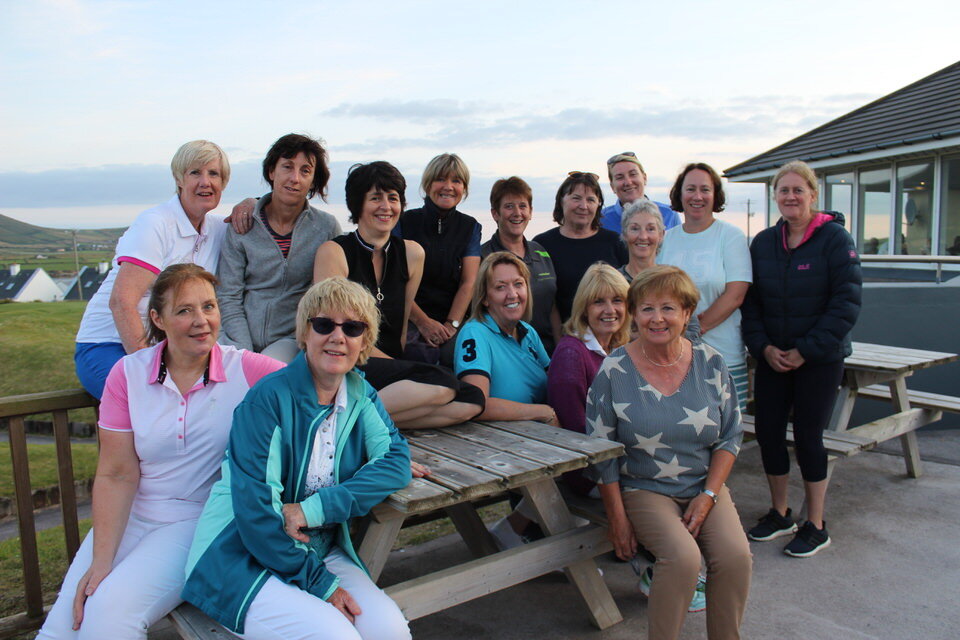
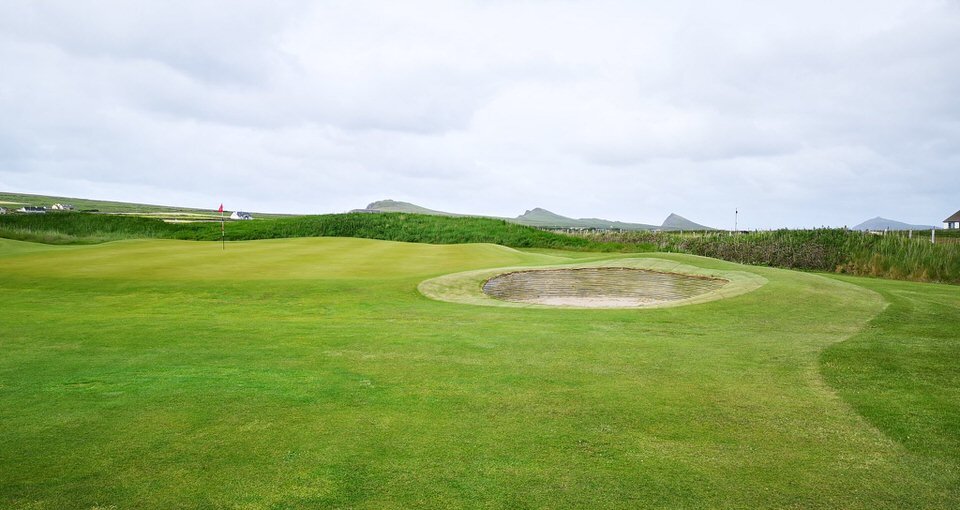
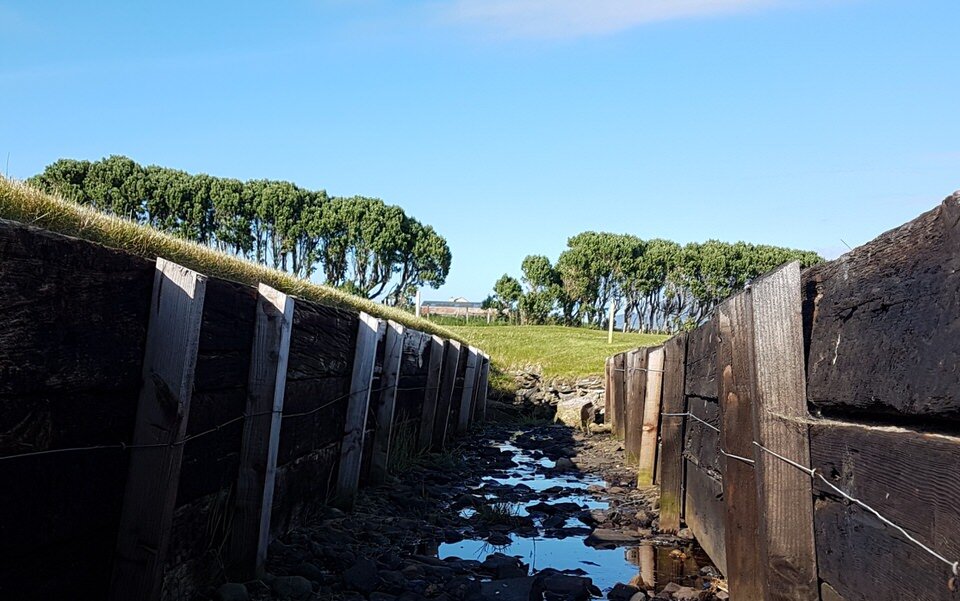
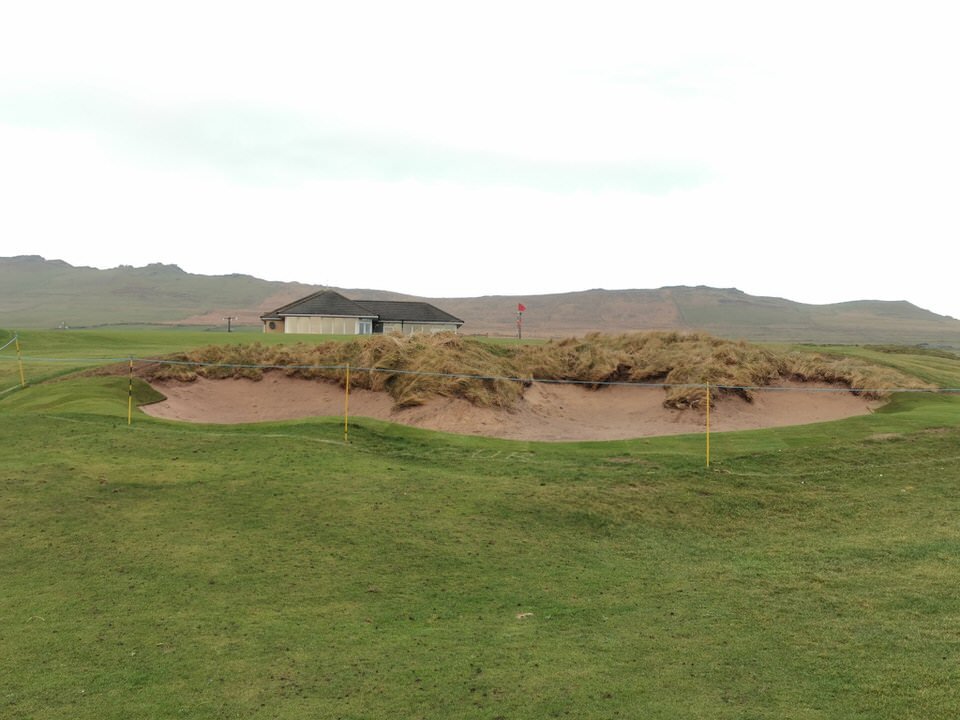
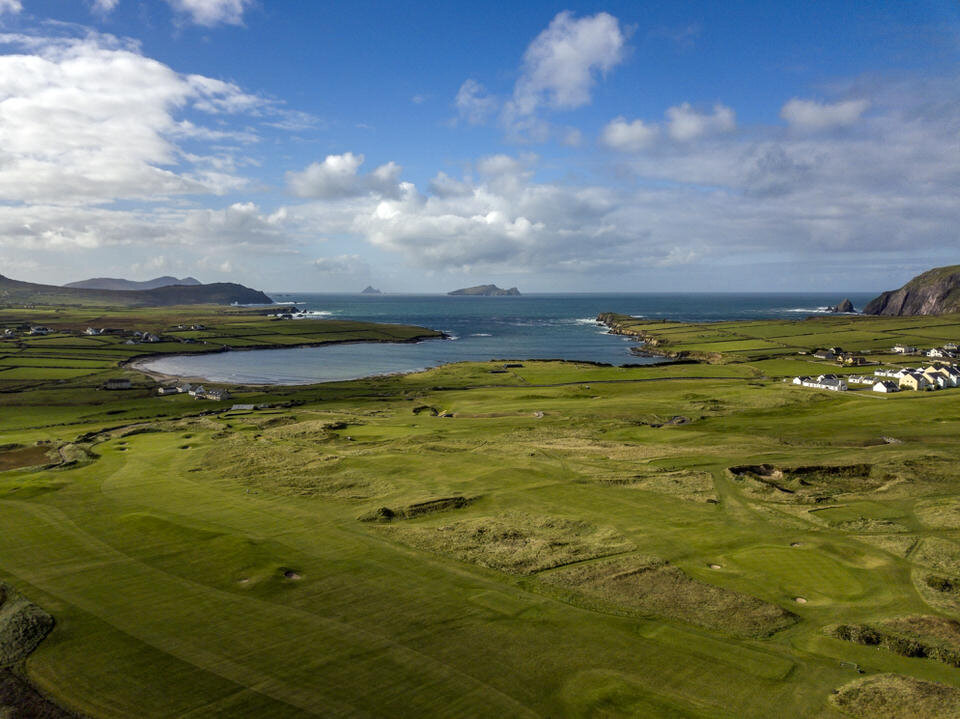



The first phase of the project was resoundingly approved at a recent EGM of the club's 400-strong membership, and enthusiasm is only growing.
"We would hope to carry out the work in five or six phases with one phase each year," Ann added, "And while Ken hasn't advised any major surgery to the course, he has very quickly identified improvements that had been made over the years without consulting an architect.
"So we are going to correct those and create more subtle, run-off areas at the backs of greens. It is going to be lovely. He has done a beautiful job for us, I must say.
"There was a fear that he would make major changes. But once we saw the proposal and consulted with members, they were delighted. He is going to restore what Eddie Hackett would have done."
Situated just 15 minutes from Dingle, the club is rapidly becoming a popular stop along the Wild Atlantic Way for golfers looking for an authentic Irish golfing experience.
There is now top class accommodation available nearby as the lovely Ceann Sibéal Hotel in Ballyferriter or the Dingle Skellig Hotel, which recently added new suites, to name just two of the popular destinations.
"Business from visitors accounts for about 50 percent of our income, but we have lots of time available in the timesheet so the members would not notice a 10 or 15 per cent increase in the visitor numbers," Ann explained. "The Wild Atlantic Way has brought a lot of drop-in bookings."
It all helps balance the books, and that was a challenge for the club for many years, as the late Garry Partington recounts in his colourful club history.
Dingle's original course was abandoned in the late 1960s when a few members began to play in the summer and started cutting the long grass to reduce the number of balls where were losing.
But when the landowners demanded higher rent to compensate them for the cut grass, the club refused, and things quickly escalated, as Garry recounts.
"Some stories I won't relate, as I can't verify them," he writes. "One humorous tale, however, I believe to be true. A prominent Committee member (whom I won't name) was cycling over the course only to be attacked with a 3-prong fork by one of the landowners (also not to be named).
"The member jumped off his bike and ran, but the bicycle kept going down the hill and was 'clifted' into the tide. The conflict couldn't be resolved, and the lease was terminated. Dingle Golf Club had no course. The hunt was on for an alternative site."
The rest, as they say, is history. Hackett, who was designing Waterville at the time, came on board in 1969 to create an 18 hole course near Ballyferriter but there was only enough money for nine holes, even with Ivernia (later to become Cork-Kerry Tourism) as the main shareholder.
The club struggled on for the next decade with only a handful of hardy members but as numbers grew and the club's then fragile finances improved, the dream of the "Second Nine" began to take hold.
The arrival of the National Lottery in 1987 proved a godsend to Ceann Sibéal. An IR£35,000 grant was attained and coupled with a members' draw and the sale of Life Memberships and Overseas Life Memberships, they raised another £52,000.
A "publicity weekend" was then organised for April 1988, and Christy O'Connor Jnr walked the land where the stakes that Hackett had used to plot his unbuilt back nine were still lying in place.
Drawing inspiration from Hackett’s plans, O’Connor Jnr set to work and the new nine opened in 1991 before a new clubhouse, built on the strength of more grant aid, loans and other club-driven initiatives, was added in 1993.
You can sit on the verandah there now in the shadow on the Three Sisters Rock and enjoy the sights of Sybil Head, Brandon Mountain and the Blasket Islands and reflect on a round played in privileged surroundings.
Whatever you shoot, only the most unimaginative of souls could fail to become spellbound by the beauty of the location.
With Tralee, Ballybunion and Waterville all within easy reach, it might be time to fall under the spell of one of Ireland's most beautiful and historic places and play a little golf "as Gaelige".
Factfile — Dingle Golf Links, Ceann Sibéal
Address: Ballyferriter, Co Kerry, V92 R504
Website: www.dinglelinks.com
Email: info@dinglelinks.com
Telephone: 066 9156255
Green fees: Jan-Mar €40; Jul-Aug €90; Apr-June & Sept-Oct €75; Nov-Dec €50.
Society rates: ILGU & GUI rate €35
Buggy hire: €35.
Club hire: €30. "All in" offers available for 18 holes, clubs and trolley hire - contact info@dinglelinks.com
Electric trolleys: €15
Range Balls: Bring your own balls practice range
Signature hole: 9th, 449 yards, Par 4 (Par 5 for ladies) : Aptly named "Ifreann" or "hell" in English, this hole is as tough as they come with all 449 yards of it climbing uphill towards the clubhouse.
Expert tip: A long, accurate tee shot is needed if you are to carry the stream and avoid the two bunkers left. A three-shot hole for all but the longest players, reaching the green complex does not guarantee a safe two-putt. The green and surrounds are severely sloped and any player making a five on this hole can walk to the 10th with a deserved sense of accomplishment.
Membership rates: Full membership €660, no entry fee. Get Into Golf 8-week programme plus 2019 introductory beginner membership, €150.
Nearby clubs: Castlegregory, Tralee, Killorglin, Dooks, Killarney.
This feature first appeared in the Irish Independent’s weekly golf supplement, Tee to Green, on 5 September 2019








